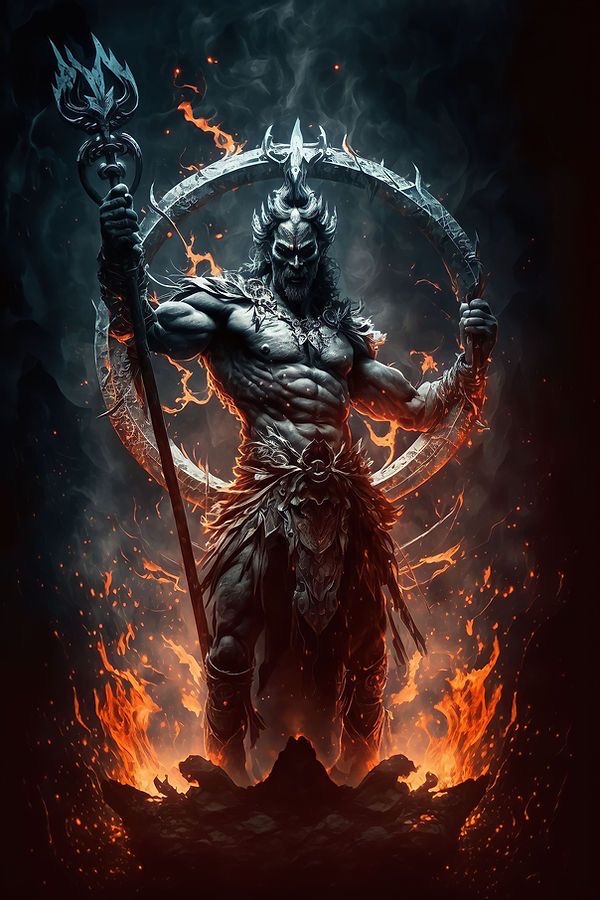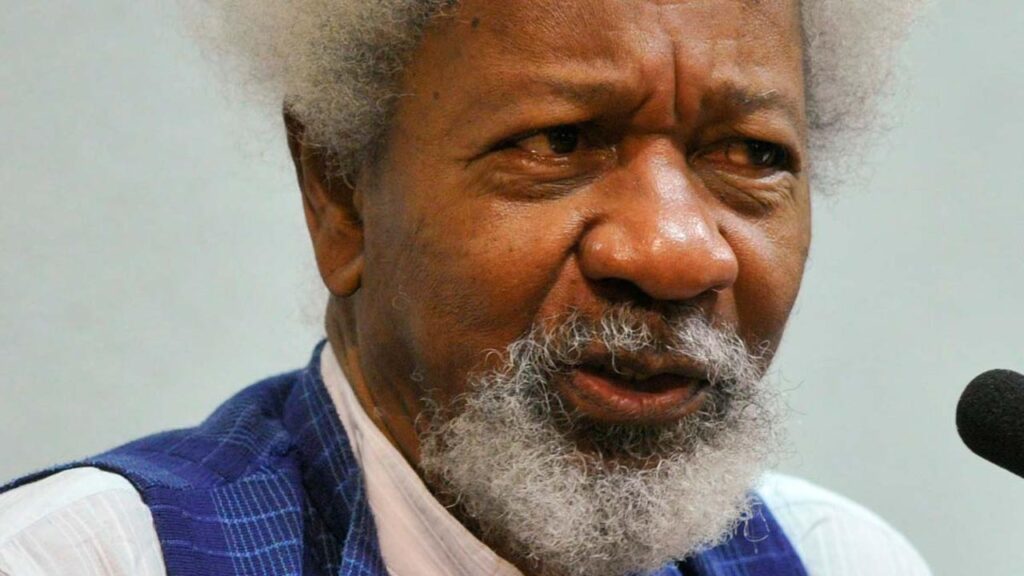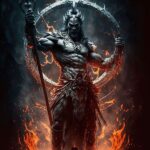
Across different cultures and belief systems, deities representing the underworld or the realm of the dead hold significant roles in shaping religious narratives and understanding human existence. Among these are Hades from Greek mythology and Esu from Yoruba mythology. While originating from distinct cultural contexts, these figures exhibit intriguing parallels and contrasts, offering insights into universal themes of death, the afterlife, and the human condition.
In this article, we explore the points of convergence and divergence between Hades and Esu, shedding light on their roles, attributes, and significance within their respective mythologies.
Hades:
In Greek mythology, Hades is the ruler of the underworld, a realm inhabited by the souls of the deceased. He is often depicted as stern and somber, reflecting the solemn nature of his domain. As one of the three brothers who divided the cosmos, Hades received dominion over the underworld, while Zeus ruled the sky and Poseidon the sea. Despite his association with death and the afterlife, Hades is not portrayed as inherently malevolent; rather, he upholds the natural order and enforces the boundaries between the living and the dead. While his realm is typically portrayed as gloomy and desolate, it also serves as a place of judgment and punishment for souls based on their deeds in life.
Esu:
In Yoruba mythology, Esu (also known as Elegbara or Eshu) occupies a multifaceted role as the messenger deity and the guardian of crossroads. Unlike Hades, Esu is not solely associated with the underworld but is instead recognized as a trickster figure who mediates between the human and divine realms. He is characterized by his mischievous nature, often playing pranks and testing the moral integrity of individuals. Esu is depicted as unpredictable and capricious, embodying the unpredictability of fate and the complexities of human existence. While he is not the ruler of the underworld, Esu is believed to have influence over the pathways between the earthly realm and the realm of spirits, making him a pivotal figure in Yoruba cosmology.
Points of Convergence:
Despite their distinct cultural origins and narrative roles, Hades and Esu share several points of convergence, reflecting universal themes and archetypes present in human mythology
Guardianship of Thresholds: Both Hades and Esu are associated with boundaries and thresholds. Hades guards the boundary between the realms of the living and the dead, ensuring the separation of these two worlds. Similarly, Esu is the guardian of crossroads, symbolic thresholds where different paths intersect. In this sense, both deities hold sway over transitional spaces, embodying the liminality inherent in human existence.
Mediators Between Realms: While Hades rules the underworld and Esu navigates between the earthly and spiritual realms, both figures serve as intermediaries between different spheres of existence. Hades oversees the passage of souls from the realm of the living to the realm of the dead, while Esu facilitates communication between humans and the divine, conveying messages and offerings to the gods and ancestors.
Agents of Justice: Despite their differing portrayals, both Hades and Esu are associated with notions of justice and accountability. Hades presides over the judgment of souls in the underworld, ensuring that individuals are held accountable for their actions in life. Similarly, Esu, as a trickster figure, often tests the moral character of individuals, rewarding virtue and punishing wrongdoing.
Divergence (Where they differ):
Despite these points of convergence, Hades and Esu also exhibit significant differences in their attributes, functions, and cultural contexts:
Moral Ambiguity vs. Moral Clarity: While Hades is typically portrayed as a stern but just ruler, Esu embodies a more ambiguous moral character. As a trickster deity, Esu’s actions are not always benevolent or predictable, reflecting the complexities of human morality and the ambiguity of fate.
Narrative Roles: Hades primarily functions as the ruler of the underworld, overseeing the realm of the dead and maintaining order in the afterlife. In contrast, Esu plays a more dynamic and multifaceted role, serving as both a trickster and a mediator between humans and the divine. His narrative encompasses a wide range of myths and legends, showcasing his diverse interactions with other deities and mortal beings.
Cultural Context: Hades originates from ancient Greek mythology, a pantheon characterized by its anthropomorphic gods and epic narratives. Esu, on the other hand, is a prominent figure in Yoruba mythology, which is deeply rooted in the spiritual traditions of the Yoruba people of West Africa. As such, the cultural contexts surrounding these deities shape their attributes, symbols, and significance within their respective mythologies.












